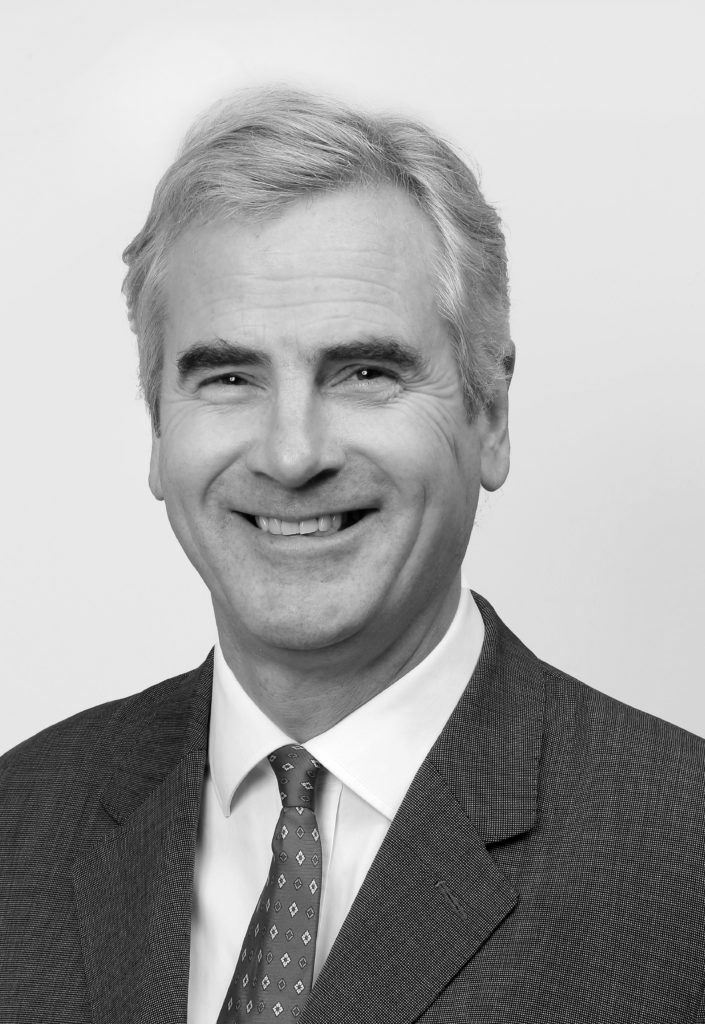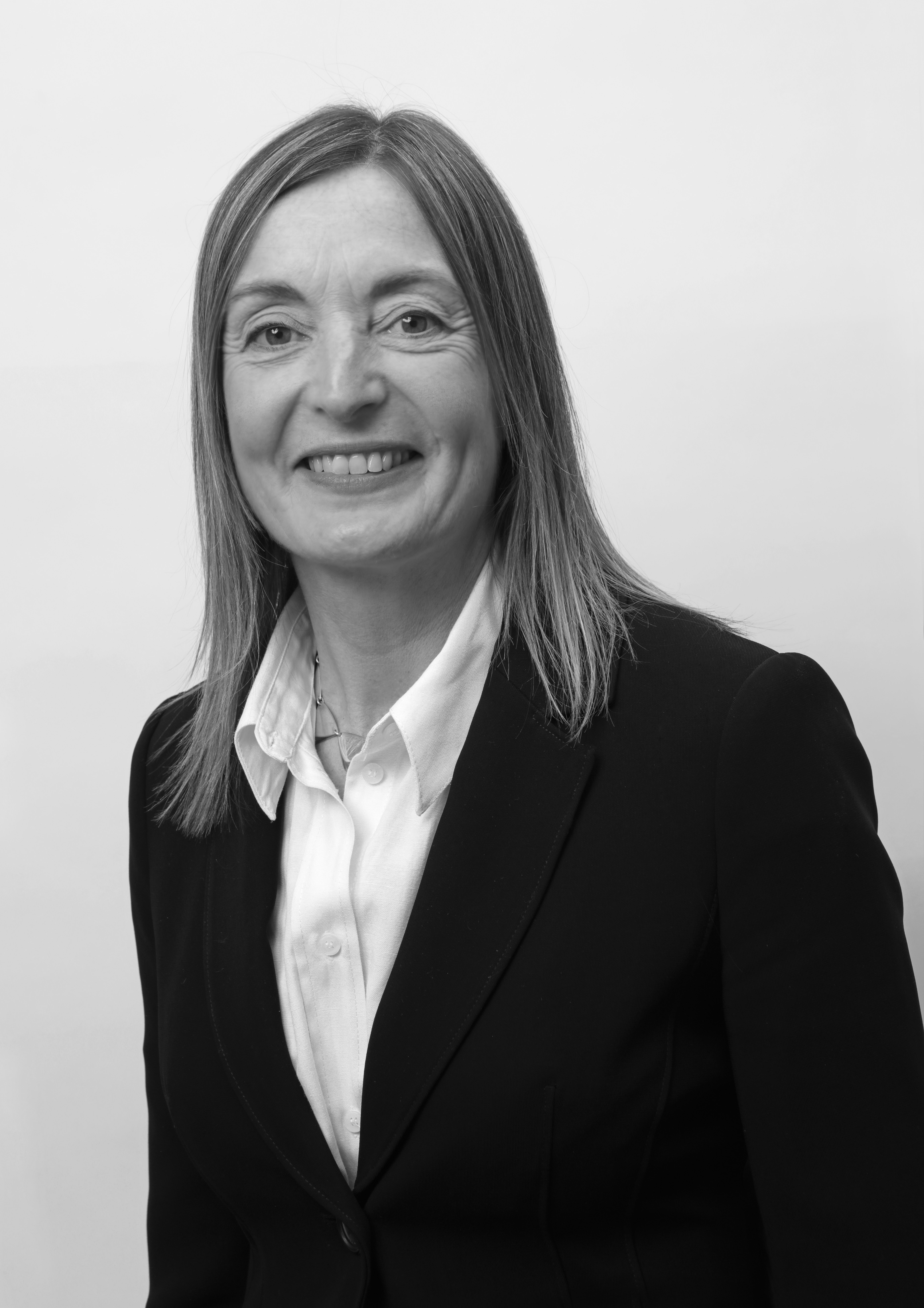Last night the art market had its first major public test since the lockdown with a major ‘Evening auction’ session at Sotheby’s. This was certainly not a return to business as usual; viewing was by appointment, there were no glitzy receptions, and there was not even a saleroom filled with paddle-wielding bidders: instead, Oliver Barker, Sotheby’s European Chairman, stood on a rostrum in London for over four hours and conducted a livestream auction with staff manning phones in front of him, as well as in salerooms in New York and Hong Kong, and with clients also bidding directly online. It is often said that auctioneering is the second oldest profession; and while last night’s innovative event was a futuristic, slick-looking operation, the fundamentals were very much the same; supply, demand, a sense of occasion – and guarantees.
The lockdown over recent months moved almost all art engagement online. Art has been changing hands privately and the biggest fair of the year, Art Basel, saw a decent number of sales at this year’s online edition, but in general, supply to the market has dropped, and there’s been a lack of real ‘occasion’. The marketing clout of Sotheby’s, the auction format, and the selection of works that were offered last night combined with powerful effect and despite current challenges, the sale was a success, with strong sell-through rates, good prices, and a boost of confidence shot into the market.
Unsurprisingly the first lot, Matthew Wong’s The Realm of Appearances, set the pitch of the evening achieving 25 times the low estimate. The highest price was paid for Francis Bacon’s ‘Triptych Inspired by the Oresteia of Aeschylusa‘ which sold for US$85 million; while it’s impossible to know what price might have been achieved in previous seasons, this seemed to be a fair result for a relatively late Triptych (it was executed in 1981), and for a work which had previously been offered around for private sale. Perhaps most impressive was the fact that the underbidder in China bid up to US$73.1 million via the internet, by far the most anyone has ever bid online. A guarantee ensured its success, and will likely also result in some reward for Sotheby’s.
Also guaranteed (at an attractive price point) was the Collection of Ginny Williams which sold (unsurprisingly) 100% by lot, with 18 works totalling $65.5 million. This was well above the pre-sale estimate of $35.9m to $51.7m, reflecting the appeal of market-fresh works consigned from private collections. An impressive group of paintings by Joan Mitchell sold well, while Helen Frankenthaler’s ‘Royal Fireworks’ made $7.9 million against an estimate of $2 to $3 million, setting a new world auction record for the artist. Elsewhere Jean-Michel Basquiat’s ‘Untitled (Head)’ sold for $15.2 million, a new world auction record for a work on paper by the artist and the highest-ever price for a work sold to an online bidder at Sotheby’s.
The evening included a section of Impressionist and Modern art which also performed relatively well for the category, and which was bolstered by a selection of Latin American art. The highlight was Wifredo Lam’s ‘Omi Obini’, 1943, which sold for $9.6 million – a new world auction record for the artist. And a timely reminder of long-term value in the art market, Pablo Picasso’s ‘Tête de femme endormie (Head of a Sleeping Woman)’, a portrait of Marie-Therese Walter, realised $11.2 million; it had last sold at auction in 1960 for £4,500.
All in all, the auction will cause many in the art market to breathe a sigh of relief. On screen, the sale looked slick, and on paper, the results strong. Sotheby’s had worked very hard both in the marketing and presentation of the auction, and in managing its success, and while this rarified level of the market looks to be in fair health, it doesn’t represent the art market as a whole. The next major tests for the top end of the market are the major live-stream auctions at Phillips on 2 July and Christie’s on 10 July – the challenge is to keep the streaming format fresh and spontaneous. And as the lockdown eases, and activity speeds up at different levels of the market, so more will be revealed.
– Ben Clark, Deputy CEO




















































